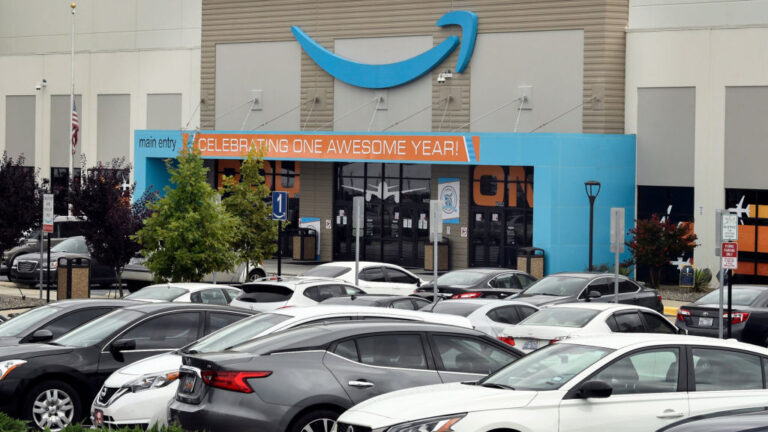Health Concerns Arise in Memphis Over xAI’s Groundbreaking ‘Colossus’ Supercomputer
Elon Musk’s AI startup, xAI, is making headlines as it plans to utilize 15 gas turbines to power its ambitious “Colossus” supercomputer located in Memphis, Tennessee. This initiative has raised significant environmental concerns, particularly due to the hazardous air pollutants (HAP) emitted by these aging turbines.
Overview of xAI’s Supercomputer Initiative
xAI aims to operate these turbines continuously under an operating permit issued by the Shelby County Health Department, covering the period from June 2025 to June 2030. This plan highlights the company’s commitment to advancing artificial intelligence technology, but it also poses potential risks to local air quality.
Environmental Concerns Linked to Gas Turbines
According to reports from Commercial Appeal, the 20-year-old turbines emit hazardous air pollutants, including formaldehyde, at levels that exceed the EPA’s 10-ton annual cap for individual sources. Key statistics include:
- Each turbine emits approximately 11.51 tons of HAP annually.
- There are around 22,000 residents living within a five-mile radius of the facility.
Lack of Transparency and Regulatory Oversight
Critics are voicing concerns over the lack of public notice and oversight regarding emissions from these turbines. Eric Hilt, a spokesperson for the Southern Environmental Law Center, stated that:
“It’s another example of the company not being transparent with the community or with local leaders.”
This sentiment reflects a growing frustration among environmental advocates who are demanding greater accountability from xAI.
Status of the Operating Permits
The Shelby County Health Department has indicated that the permits for these turbines have not yet received approval, and there is currently no established timeline for when this may occur. This uncertainty raises further questions about the future of xAI’s operations and their impact on local health.
For ongoing updates about environmental regulations and the technology sector, visit EPA’s official website or follow related articles on our site.







